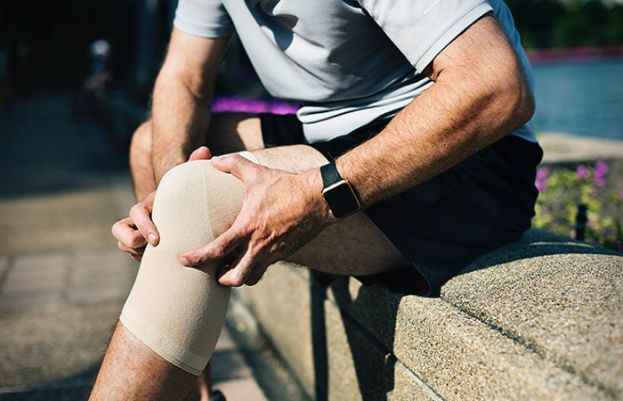From Years to Days: Can a New Digital Move Fix Pakistan’s Broken Medical Device System?


PM Shehbaz launches an ambitious online platform to fast-track licensing and registration of all medical equipment , promising transparency, speed, and a healthcare revolution.
In a bold step aimed at overhauling Pakistan’s sluggish medical equipment approval system, Prime Minister Shehbaz Sharif on Monday unveiled a”digital platform” that promises to register and license all medical devices , from wheelchairs to MRI machines, within just 20 days.
Launching the system in Islamabad, the PM said the era of years-long bureaucratic delays at the Drug Regulatory Authority of Pakistan (DRAP) is over. “They used to call it DRAG, not DRAP, ” he quipped, referencing the painfully slow approvals that once defined the authority.
The new online system is designed to operate “without human interaction”, meaning no more in-person visits, middlemen, or paperwork. Applications can now be submitted from home, and all certificates will be issued digitally , a radical change from the previous system that often spanned “months, if not years”.
PM Shehbaz shared personal memories of past healthcare crises , including one during his tenure as Punjab CM, where contaminated cardiovascular drugs led to patient deaths.
Tests revealed the medicines were meant for malaria, not heart conditions , a scandal he says could have been prevented with stronger oversight.
He praised Health Minister Dr. Mustafa Kamal and DRAP’s leadership for pushing through this long-needed reform. Kamal highlighted that the digital platform wasn’t just faster, but designed to eliminate red tape and corruption, offering timely, safe access to life-saving devices for all citizens.
Beyond registration, the PM emphasized the need for “continued health sector reform” through innovation, public-private partnerships, and a renewed commitment to public service. “Mountains may block the way, but determination moves them,” he said.
As Pakistan battles population growth, outdated infrastructure, and disease outbreaks, this digital shift could mark the beginning of a long-awaited transformation, if it delivers on its promise.




